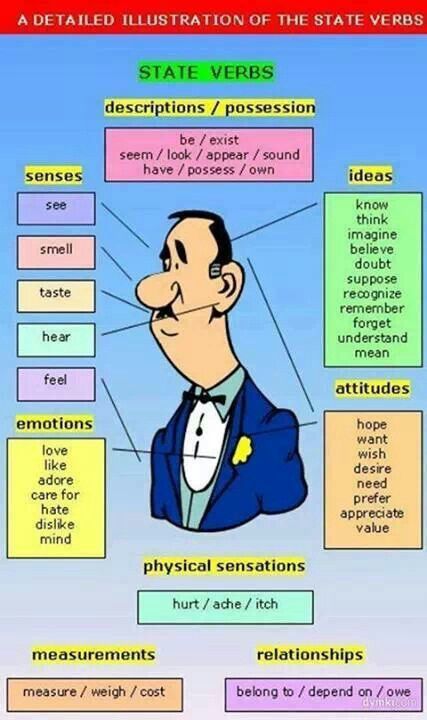

The information management processes are illustrated through an information management life cycle model. The second part is the relationship between information management and human collaboration where the role of information management to improve human collaboration in problem solving is discussed. This relationship is composed of two parts: the first part is the relationship between the hierarchical organization and information management where the role of the hierarchical organization to facilitate the information management processes is discussed. The purpose of this chapter is to discuss the relationship between three entities: hierarchical organization, information management and human collaboration. Human collaboration models are discussed with emphasis on the team collaboration structural model which has four unique The author showed that the hierarchical organization acts as a facilitator for common information manage-ment processes which are required in team collaboration such as: information gathering, organization, retrieving, filtering, exchange, integration or fusion, display and visualization.

The arguments about the role of hierarchical organization in information management and human collaboration are also discussed. The uti-lization phase includes: information accessing and filtering processes. The searching phase includes: information storage and retrieving and information exchange. The creation phase includes: information creation and using, information authoring and modifying and information organization and indexing. This model has three major stages: active, semi-active and inactive stages and has three major phases: creation, searching and utilization phases. The second part is the relationship between information management and human collabora-tion where the role of information management to improve human collaboration in problem solving is discussed.

The purpose of this chapter is to discuss the relationship between three entities: hierarchical organiza-tion, information management and human collaboration. People can rightly complain that they have too many organizations. New applications introduce still more forms of organization with little or no integration to previous forms. Even on a single computer, our information is scattered across the computer desktop, “My Document”, file folders, email folders, collections of bookmarks, etc. Some information, for example, may be on a laptop computer we use at home, other information may be on a desktop computer we use at work and one or more PDA or smart phones. Our information may be scattered across various computers and gadgets. Now information is often fragmented by the very tools that have been designed to help us manage our information. Information can be fragmented by physical location. As the example in the introduction to this special issue on PIM illustrates, even a seemingly simple decision, such as whether to say “yes” to an invitation, often depends upon a number of different kinds of information – information from a calendar, from a paper flyer, from web sites, from a previous email conversation, etc. Information fragmentation is a pervasive problem which is felt in several stages of personal information management (PIM).


 0 kommentar(er)
0 kommentar(er)
